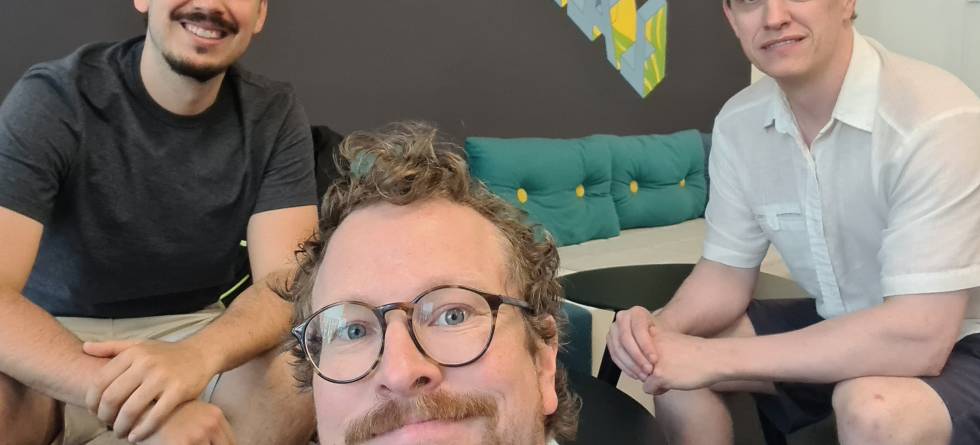Phd-student Edson Silva at the Nansen Environmental and Remote Sensing Center talks to our host Stephen Outten, senior researcher at the Nansen center, about one of the newest tools in our predicting arsenal.
This algae bloom predictor, trained on the coast of northern Norway, can be a great support for managing our costs, and at the same time it can be retrained for usage anywhere. But to begin with, what are algae?
"Its function can be compared to plants, so they use lights and nutrients to create photosynthesis", says Silva, explaining that the definition is quite broad and not taxonomical, spanning from single-cell organisms to things like sea weed. The focus in his research is mostly in the microscopic scale.
Incidents with consumption of fish or shell fish gone bad and poisoning people is quite rare, due to consistent monitoring (like Blåskjellvarselet). Effects like this is mostly economical in the aqua culture industry, like shell fish farms or fish farms. Silva's work is in trying to get ahead of the curve in some species of algae, and see them coming.
"We don't know much about the reasons for algae bloom, but we have a few hints. Temperature, salinity, water stratification, and other parameters like wind speed are somewhat related to harmful algae blooms. With satelite observations of temperatures, models estimating water stratification and salinity for the Norwegian coast. So the idea is to take this information, combine it with the monitoring we have of the Norwegian coast, and use it to calibrate some models for forecasting the harmful algae blooms," says Silva.
The methods they use are machine learning through data mining, so the model teaches itself based on 16 years of monitoring data. This makes the current version only applicable for the Norwegian coast, but the method can then be put to use in other areas – by changing the databases for satelite observations and algae bloom history with local knowledge.
Listen to the full conversation in the podcast below:
Support and editing by Ingjald Pilskog, associate professor at Western Norway University of Applied Sciences.
You can listen to our podcasts in the embedded player, in Itunes, Podbean, Spotify, or by embedding this XML-link in your preferred tool for listening to podcast

